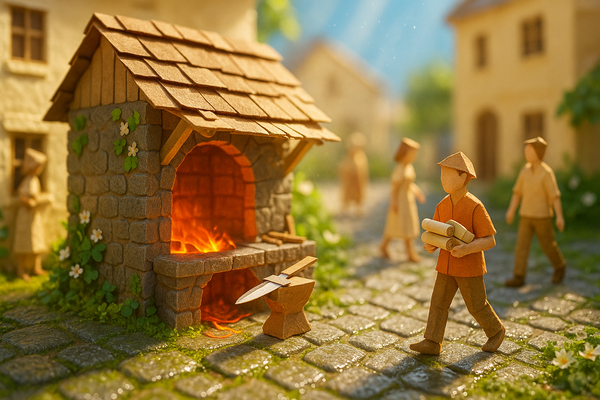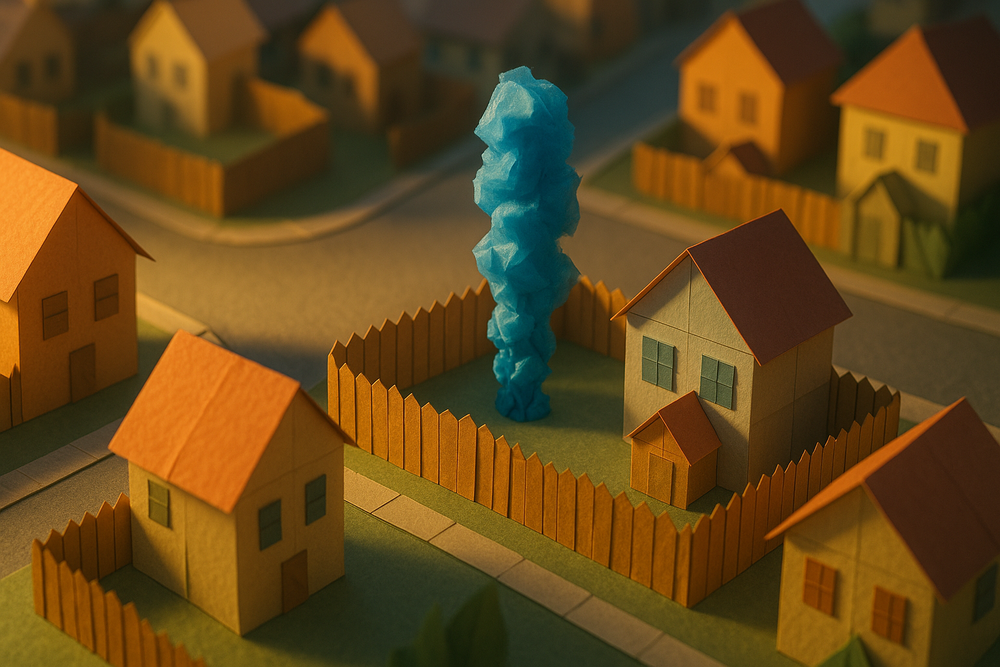Character growth is the soul of a good story. It’s what separates a flat tale from one that lingers in the reader’s mind long after the final page. No matter how stunning the world or how intricate the plot, it’s the characters—their struggles, triumphs, and transformations—that anchor the emotional core of a narrative. And yet, writing characters who truly evolve is often one of the most elusive challenges in fiction. To craft meaningful change, we must look beyond surface-level alterations and dig deep into the internal shifts that shape who a character is—and who they become.
When readers connect with a character, they’re not just watching events unfold; they’re investing in a journey. That journey must feel earned, not handed over. A character’s growth should be a consequence of their experiences, shaped by the conflicts they endure, the decisions they make, and the truths they uncover—about the world and about themselves.
Conflict: The Catalyst of Change
At the heart of every character arc lies conflict. Not just external battles or antagonists, but internal tensions that challenge a character’s beliefs, desires, and sense of self. Real growth begins when a character is forced to confront something that shakes their current identity. Maybe it’s a long-held belief that no longer holds up under pressure. Maybe it’s a goal that demands a sacrifice they didn’t anticipate. Maybe it’s an uncomfortable truth that undermines the comfort of who they thought they were.
A character who begins a story confident and secure might end up uncertain and introspective. Or, just as powerfully, a timid character might discover their strength through a series of trials that push them to speak up, take action, and claim their place. But the pivot—the moment of change—must come from pressure. It’s not enough for a character to simply want to change; the story has to force their hand. Their environment, relationships, and inner turmoil all become tools in this transformation, each one adding weight to the choices they make.
Choice and Consequence: Building the Arc
Change without choice rings hollow. For character growth to resonate, it has to be anchored in agency. Even if the world is falling apart around them, the protagonist must ultimately choose to become someone different. That doesn’t mean every choice is clear or comfortable—often, the most defining decisions are the hardest. But those moments, where the character actively leans into or resists change, are the fulcrum on which the entire arc rests.
Let’s say your protagonist has always avoided confrontation. Perhaps, through a series of escalating stakes, they find themselves in a position where staying silent would betray someone they care about. The moment they speak up—against fear, against habit, against self-doubt—is a turning point. Whether they succeed or fail matters less than the fact that they acted. That act, repeated in different forms over the course of the story, builds momentum. Slowly, readers begin to see not just what the character does, but who they are becoming.
It’s also vital to show that growth comes with consequences. Change doesn’t happen in a vacuum—it affects relationships, worldviews, and priorities. A character who becomes more assertive may clash with former allies. One who learns to forgive might struggle with their former sense of justice. These tensions give the arc texture and realism, making it feel earned rather than idealized.







